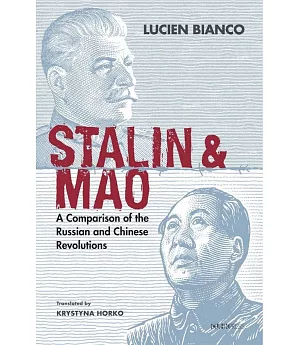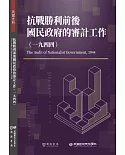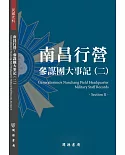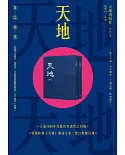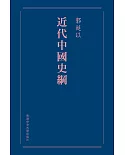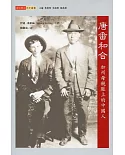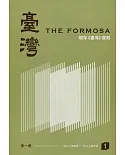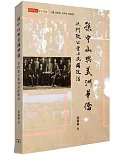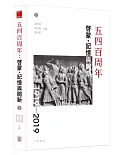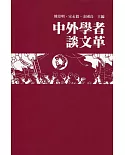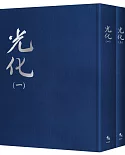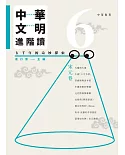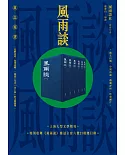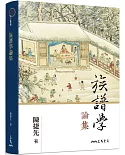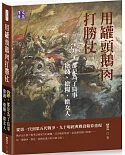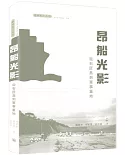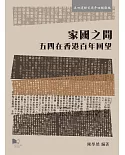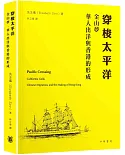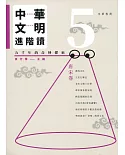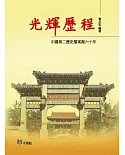China’s ascent to the ranks of the world’s second largest economic power has given its revolution a better image than that of its Russian counterpart. Yet the two have a great deal in common.
Indeed, the Chinese revolution was a carbon copy of its predecessor, until Mao became aware, not so much of the failures of the Russian model, but of its inability to adapt to an overcrowded
third-world country.
Yet, instead of correcting that model, Mao decided to go further and faster in the same direction. The aftershock of an earthquake may be weaker, but the Great Leap Forward of 1958 in China
was far more destructive than the Great Turn of 1929 in the Soviet Union. It was conceived with an idealistic end but failed to take all the possibilities into account. China’s development only
took off after—and thanks to—Mao’s death, once the country turned its back on the revolution.
Lucien Bianco’s original comparative study highlights the similarities: the all-powerful bureaucracy; the over-exploitation of the peasantry, which triggered two of the worst famines of the
20th century; control over writers and artists; repression and labor camps. The comparison of Stalin and Mao that completes the picture, leads the author straight back to Lenin and he quotes
the observation by a Chinese historian that, “If at all possible, it is best to avoid revolutions altogether.”

